Table of Contents
Car Starts but Will not Stay Running: Causes, Diagnosis & Fixes
If your Mercedes starts but won’t stay running, you’re not alone it’s one of the most common and confusing issues drivers face. The engine fires up, runs briefly, then stalls. While the lights and dashboard may appear normal, the underlying problem can involve fuel delivery, ignition, air intake, or even electronic control faults.
This guide and case analysis explain the real causes, how to diagnose them, and the most effective ways to fix the issue based on proven workshop experience with Mercedes-Benz engines such as the M274, M282, and M271.
Common Symptoms When a Car Starts But Won’t Stay Running
| Symptom | Description |
|---|---|
| Engine starts then dies immediately | The vehicle fires up but stalls within seconds. |
| Intermittent stalling | Engine runs briefly but cuts off randomly. |
| Starts and dies after idling | Idles for a few seconds, then shuts down unexpectedly. |
| Rough idle before stalling | Engine sputters or shakes before stopping. |
Recognizing these patterns helps narrow down whether the issue is fuel, air, or electrical related.
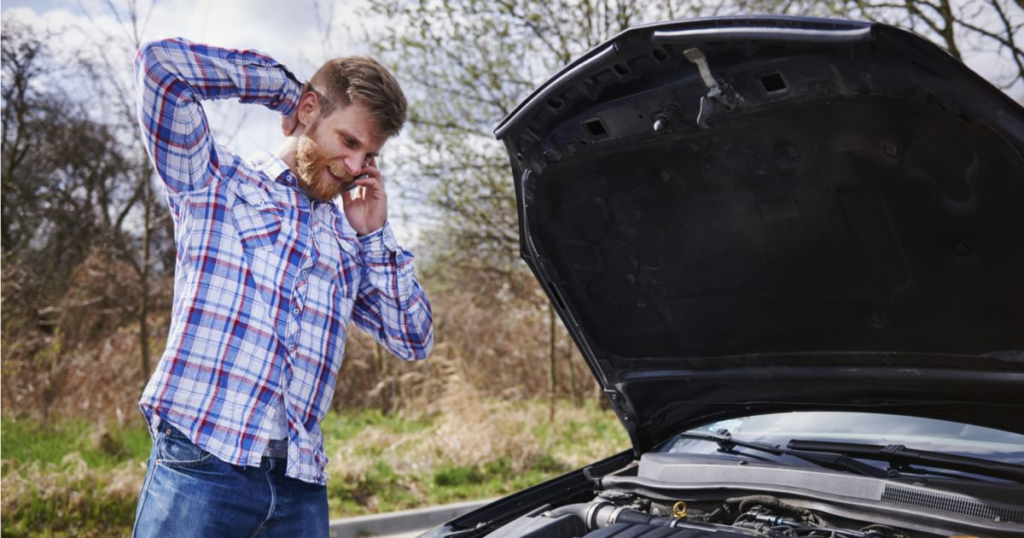
Possible Causes: Why Your Car Starts But Will Not Stay Running
1. Fuel System Problems
Fuel delivery is critical to engine stability any interruption can cause stalling.
| Component | Issue | Fix |
|---|---|---|
| Fuel Pump | Weak pump can’t maintain pressure after start. | Test pump voltage and pressure; replace if low. |
| Fuel Filter | Clogged filter restricts flow. | Replace with OEM filter. |
| Fuel Injectors | Clogged injectors cause lean mixture. | Perform injector cleaning or replacement. |
| Fuel Pressure Regulator | Low or fluctuating pressure causes stalls. | Check with gauge; replace if inconsistent. |
2. Ignition System Faults
The ignition system ensures consistent combustion. Faults here often cause stalling right after ignition.
| Component | Possible Issue | Repair / Action |
|---|---|---|
| Spark Plugs | Fouled or worn plugs cause misfires. | Replace all plugs with correct heat range. |
| Ignition Coils | Weak or damaged coils cause loss of spark. | Test coil output; replace faulty units. |
| Ignition Switch | Faulty contact cuts engine power. | Inspect or replace switch assembly. |

3. Air Intake and Engine Management Issues
An incorrect air-fuel ratio can cause immediate stalling after startup.
| Component | Fault | Fix |
|---|---|---|
| MAF Sensor | Sends incorrect airflow readings. | Clean or replace sensor. |
| Throttle Body | Dirty or sticking valve restricts airflow. | Clean with throttle cleaner. |
| Vacuum Leaks | Air leaks create lean conditions. | Inspect hoses, gaskets, and intake boots. |
| Air Filter | Severely clogged filter limits oxygen. | Replace air filter. |

4. Electrical or Control System Faults
Modern Mercedes models rely on precise electronic control. Even minor electrical faults can stop the engine from running.
| System | Possible Fault | Fix |
|---|---|---|
| Battery / Alternator | Low voltage after start leads to stall. | Test alternator output and battery condition. |
| ECU / PCM Fault | Corrupted data or power supply issue. | Check ground points; update or replace ECU if needed. |
| Immobilizer System | Anti-theft system cuts fuel after start. | Try spare key; reset via XENTRY. |
| Wiring Harness | Damaged or corroded connectors cause intermittent faults. | Inspect and repair affected wiring. |
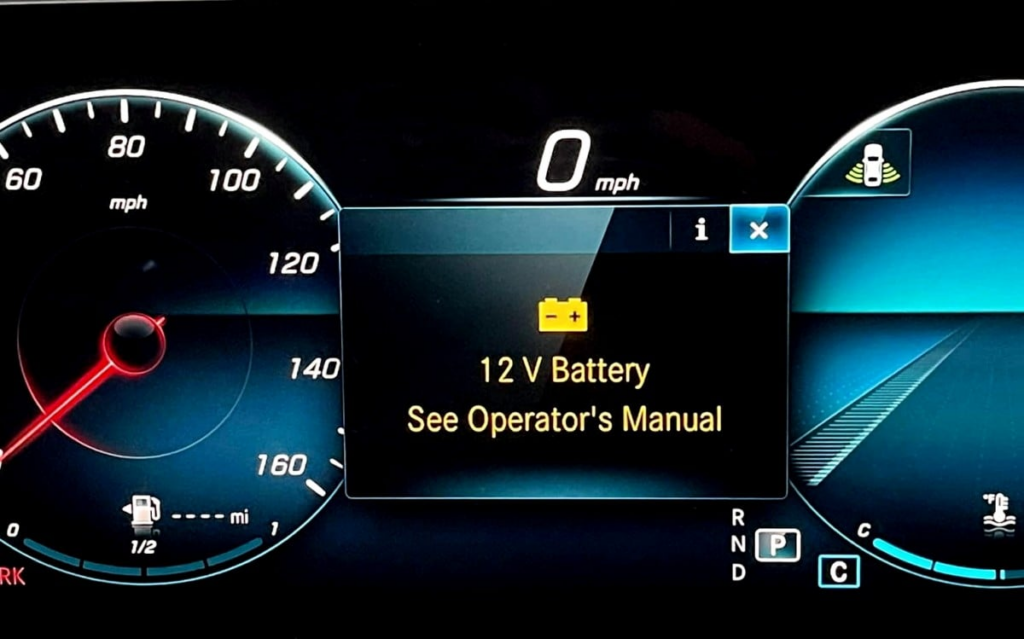
Diagnostic Process: How to Fix a Car That Starts Then Dies
Step 1 : Visual & Code Inspection
- – Scan with XENTRY or OBD-II for fault codes.
- – Look for signs of water ingress or corrosion in key modules (ECU, SAM, PCU).
- – Note whether the Check Engine Light illuminates briefly before dying.
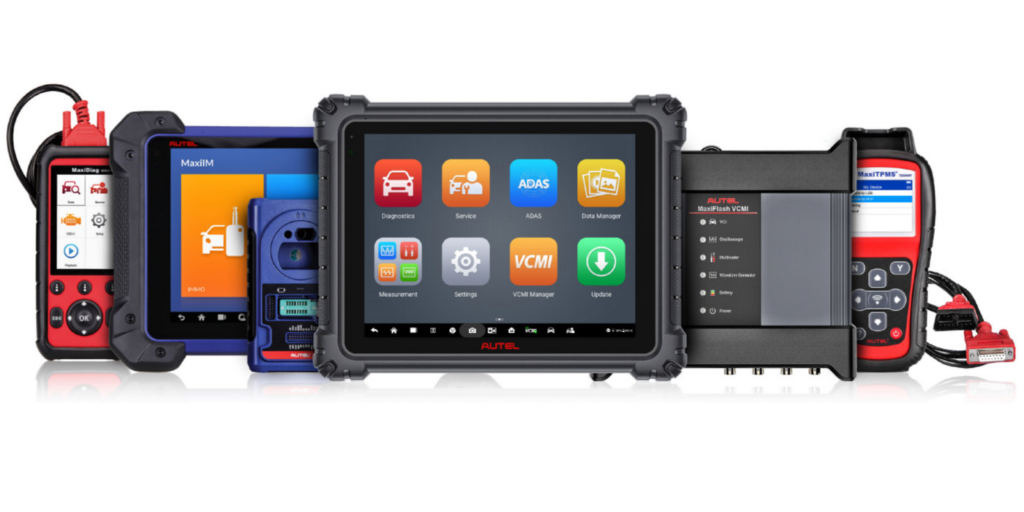
Step 2 : Fuel System Testing
- – Fuel Pressure Test: Confirm pressure holds steady after start.
- – Relay Check: Test fuel pump relay activation signal.
- – Injector Pulse Test: Use oscilloscope or test light to verify injector signals.
Step 3 : Ignition & Airflow Verification
- – Inspect spark plugs and coil voltage during cranking and idle.
- – Clean MAF sensor and throttle body; reset adaptation values.
- – Smoke-test for vacuum leaks if idle is unstable.
Step 4 : Electrical & Module Checks
- – Measure battery voltage before and during crank (should stay > 11.5 V).
- – Verify alternator charging output (13.8–14.2 V).
- – Check ECU ground and power pins for corrosion or weak connection.
Real-World Case Study: Mercedes C-Class 205
In one workshop example, a Mercedes-Benz C300 W205 exhibited a condition where the engine started and died immediately.
After running system tests:
- – Fuel pressure was normal.
- – Ignition coil signals were present.
- – However, MAF sensor values were erratic and the throttle adaptation failed.
Cleaning and re-adapting the MAF sensor and throttle body via XENTRY resolved the issue completely.
Related Diagnostic Resource
If you’re facing similar starting problems, explore our full troubleshooting hub:
Mercedes No Start Issues: Causes, Fixes & Case Studies : a complete guide covering electrical, fuel, and ECU-related no-start scenarios across multiple Mercedes models.
Prevention & Maintenance Tips
- – Use top-tier fuel and replace the fuel filter every 60,000 km.
- – Periodically clean the throttle body and MAF sensor.
- – Keep connectors dry and sealed, especially under the hood.
- – Avoid prolonged idling, which can carbon-foul plugs and throttle plates.
FAQ: Car Starts but Will not Stay Running
1. Why does my Mercedes start and then die immediately?
Usually due to incorrect air-fuel ratio or sensor signal failure often from a dirty MAF or throttle body.
2. Can a bad fuel pump cause a car to start and stall?
Yes. A weak pump can deliver enough fuel for ignition but fail to sustain pressure for continuous running.
3. Could the immobilizer be cutting the engine?
Yes. A faulty key transponder or ESL/EZS system can stop the engine seconds after start-up.
4. How do I clean the throttle body safely?
Use throttle-body cleaner with the ignition off. Avoid soaking sensors. Relearn adaptation using diagnostic software.
Author Bio
Written by Mercedes Expert
With years of hands-on experience diagnosing and repairing Mercedes-Benz systems, he brings technical depth and practical case studies to help car owners, technicians, and enthusiasts troubleshoot complex automotive issues. His work focuses on clear repair guides, OEM-level procedures, and knowledge-sharing to empower both professionals and drivers.
Last update: October 2025

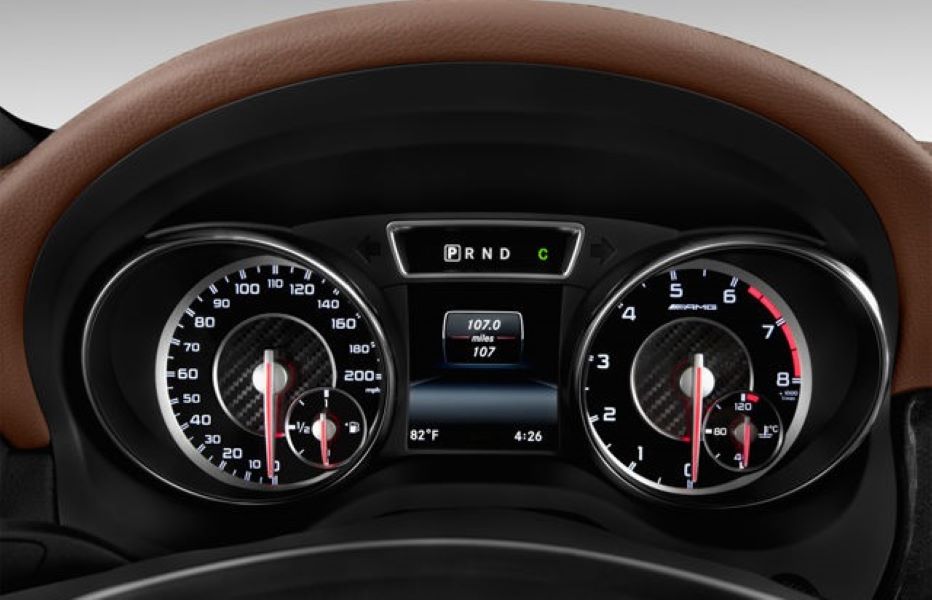
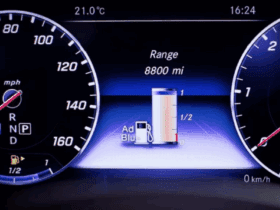
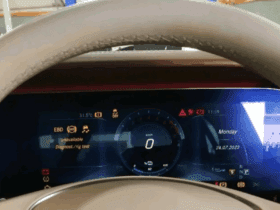
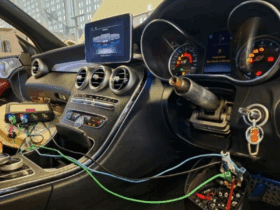
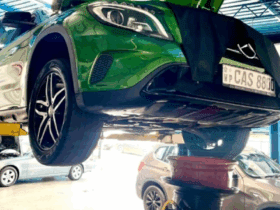
Leave a Reply